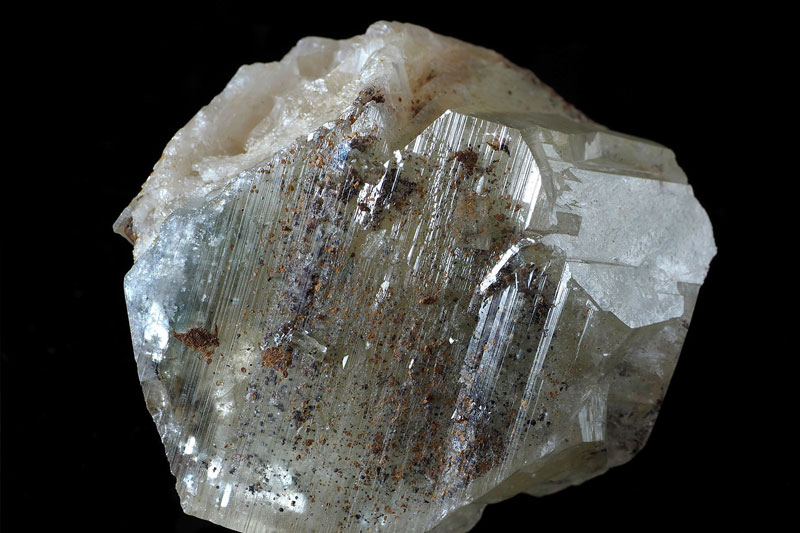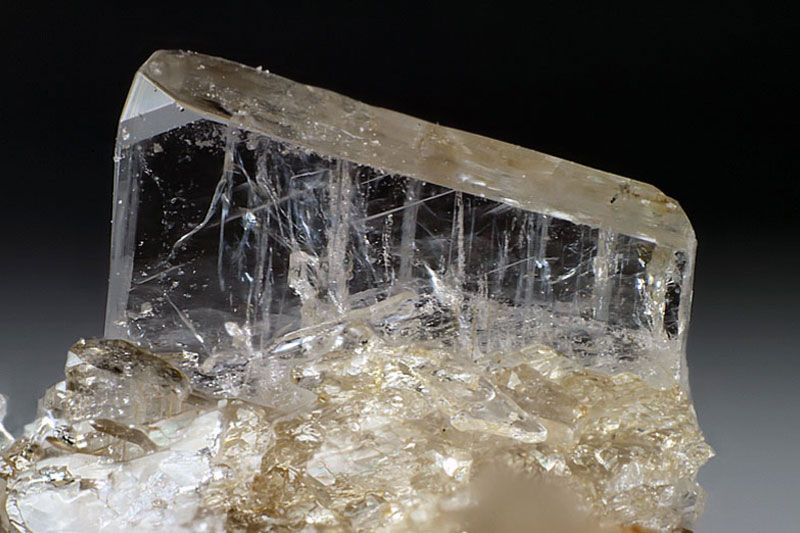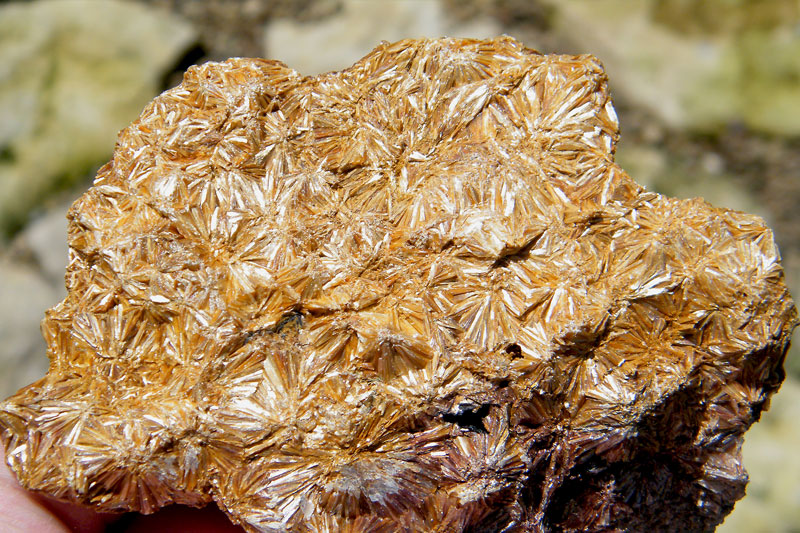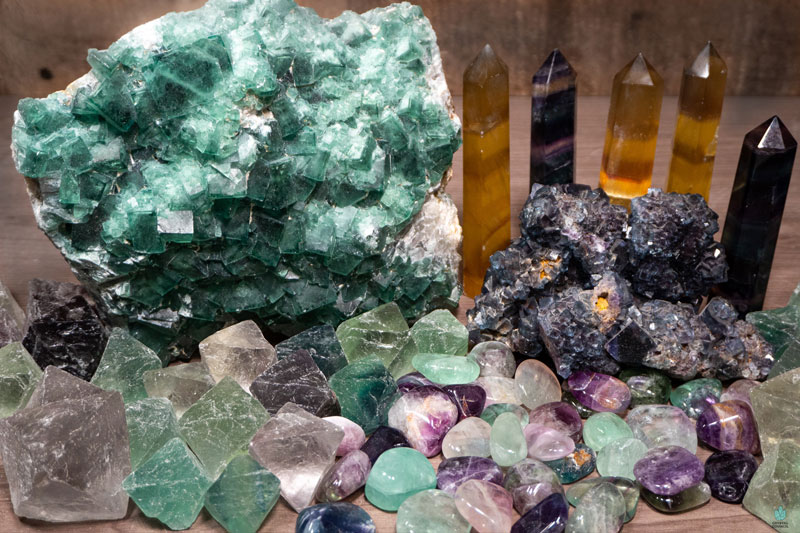Feldspar Stones
Feldspar Stones
Feldspar stones are known as moonstones due to their transparency and glassy luster resembling pearls. Feldspar is a rock-forming mineral that constitutes about 41% of the Earth’s crust by weight, though not in terms of surface area. It is formed as a result of fusion processes in volcanic rocks.
Feldspar belongs to the tectosilicate mineral class and forms rocks containing calcium, potassium, or sodium. It makes up more than half of the Earth’s core by weight. Its minerals are largely found in igneous, sedimentary, and metamorphic rocks distributed throughout various parts of the world. These minerals are essential components of the rocks upon which the classification of several rock types is based, depending on their feldspar mineral content.
For the most part, feldspars occur naturally in shades ranging from vague white to gray, pink, and very dark gray, with another glassy luster. Since feldspars consist of two intersecting cleavage planes at 90 degrees, parts of pure feldspar crystals tend to form rectangular blocks with different ends.
It is important to note that feldspar can be divided into two main groups: potassium feldspars and plagioclase. Both forms of feldspar exhibit two visible cleavages and a range of intermingling colors. Plagioclase, in particular, has small striations on one of the cleavage planes, often referred to as twins.
Uses and Applications of Feldspar
The key properties of feldspar, such as its alumina and alkali content, are crucial for industries such as glassmaking and many others. Due to this, alkali feldspars (potassium feldspars) have a wide range of applications in the coating, glass, and ceramic industries.





